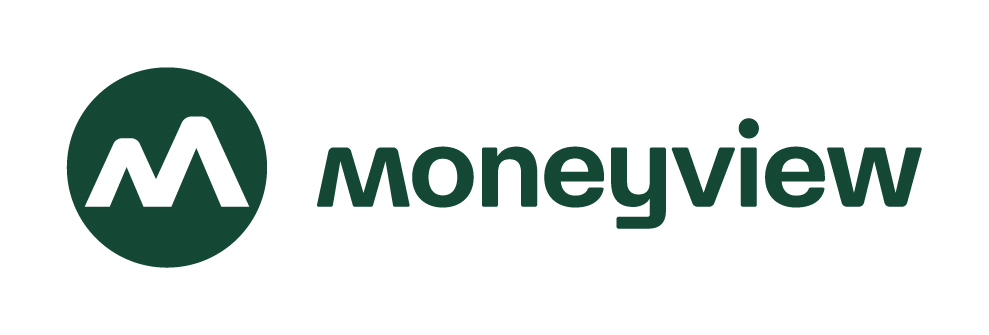
Embracing SKAdNetwork to adapt to the privacy-centric future


Background
Founded in 2014, Clover drives the essential connections of the future by helping singles looking for love and friendship to find their match.
Although Gen Z and millenials are searching for the right match on their own timeline and waiting longer to get married than previous generations, they still enjoy the fast pace of online dating. With over 9 million users worldwide Clover fills this market need. As a subscription-based service, having users convert into paying customers and measuring ROI are vital to Clover’s success.
To zero-in on high quality users in their core demographic, the team runs campaigns on major social networks, including Snapchat, Facebook, and TikTok.
They analyze their campaign performance across these key channels on a weekly and sometimes daily basis to make agile UA optimizations, which is a big reason they are able to keep all user acquisition in house.
Challenge
Like so many other advertisers, Clover knew that the release of Apple’s iOS 14 and the introduction of the App Tracking Transparency (ATT) framework – a prompt asking users for permission to “track” their device data – would pose new challenges when acquiring users on Apple devices.
Being unable to leverage the Identifier for Advertisers (IDFA) – the identifier used to measure user engagement and remarketing – meant the team needed to understand how their current acquisition strategy that relied on IDFA needed to evolve in order to maintain their high rate of growth in a quickly evolving mobile marketing ecosystem.
Clover’s overall strategic focus was converting free users into paid subscribers as quickly as possible. But it could take weeks or months before a free user became a subscriber.
Although Clover optimized for installs and not post-install events, understanding how these downstream events indicated future subscription revenue was key.
If a user downloaded the app and then registered or signed up for a free trial within a certain time frame, Clover could be relatively confident that the user would go on to become a subscriber. Being able to quickly identify trends in these post-install events made them a valuable barometer for subscription performance, and indicated install quality that informed strategic budget allocation.
The introduction of the new iOS 14 changes also brought SKAdNetwork into the story.
The new limitations around IDFA forced Clover to shift some of their iOS ads to SKAdNetwork, Apple’s proprietary campaign performance API. SKAdNetwork is designed to provide attribution data while maximizing user-privacy.
As a result, one of SKAdNetwork’s features is delayed postbacks: Postbacks are delayed at least 24 hours after install to ensure that the user/ device cannot be identified. Once a user installs the app, SKAdNetwork’s 24-hr timer starts running.
The advertiser can set a number of events that effectively extend this timer (such as resetting each time the app is opened) but if these events don’t occur within the 24-hr window, the conversion value is locked in and the postback is sent. This means if a user registered for a free trial in this time frame, but at some point much later went on to subscribe, the user would forever be recorded as only registering for a free trial.
This timing change introduced by SKAdNetwork made measuring events over 24 hours post-install difficult, and severely limited Clover’s ability to engage in meaningful analysis of the quality of their installs.
Solution
Clover turned to AppsFlyer’s solution for iOS, which brings the AppsFlyer SDK, infrastructure, and platform together to preserve as much data insight as possible while remaining compliant with Apple’s new privacy policies.
The SKAdNetwork infrastructure operates without IDFA, so Clover could ensure measurability of their campaigns independent of the ATT prompt response. In cases where permission to use the IDFA was given, Clover could additionally rely on AppsFlyer’s deterministic attribution for their mobile measurement. Combined with the SKAdNetwork dashboard that provided a comprehensive visual drill down of critical performance KPls, such as ROI, CPI, and ROAS, Clover could make data driven decisions with confidence.
Clover first integrated AppsFlyer’s plug-and-play SKAdNetwork solution with Snapchat in a simple set up that required minimal time and resources. This gave them the ability to test and optimize on Snapchat before integrating with Facebook and TikTok.
Results
Implementing SKAdNetwork through AppsFlyer gave Clover valuable insight into what privacy-centric measurement looked like in practice, getting them ahead of the competition once the release day came.
Adapting to the delayed postbacks and working with aggregated data led to key workflow and strategy changes. But Clover was able to make these adjustments with plenty of time to spare.
Ultimately, moving to aggregated user level data didn’t have as big of an impact on Clover’s ability to achieve their goals as they first thought it might.
The majority of their key goals could still be consistently reached using AppsFlyer’s suite of solutions. The team now has to exercise more patience, and allow a few days to pass to see what impact adjustments have on performance, but they also have the peace of mind knowing that they were fully prepared for success in a post-IDFA world when Apple flipped the switch to enforce mandatory ATT.
“Although losing user level data is one of the biggest changes mobile marketers have confronted, AppsFlyer’s SKAdNetwork solution made our transition into a privacy-centric reality painless.” – Natasha Upal, VP of Growth


